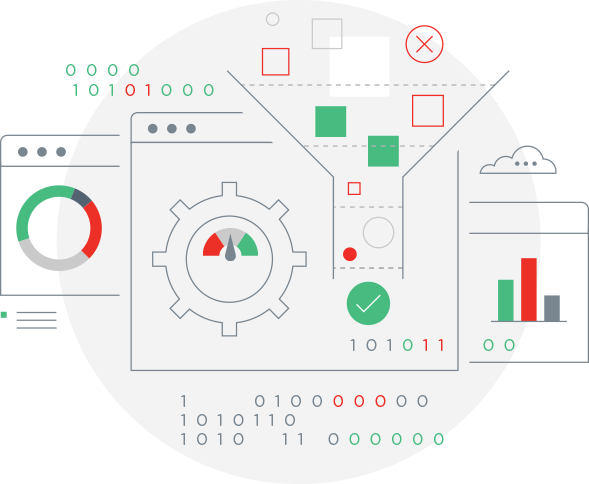On this page, you will find practical information about the (new) Belgian Scorecard. Our goal is to support you as much as possible with relevant content, instructions and manuals so you understand how the Belgian scorecards work.
Below is an overview of what you can find on this page.
We hope that this page can further support and assist you. If you still have questions or comments, you can always contact our Customer Success team via the link below.
